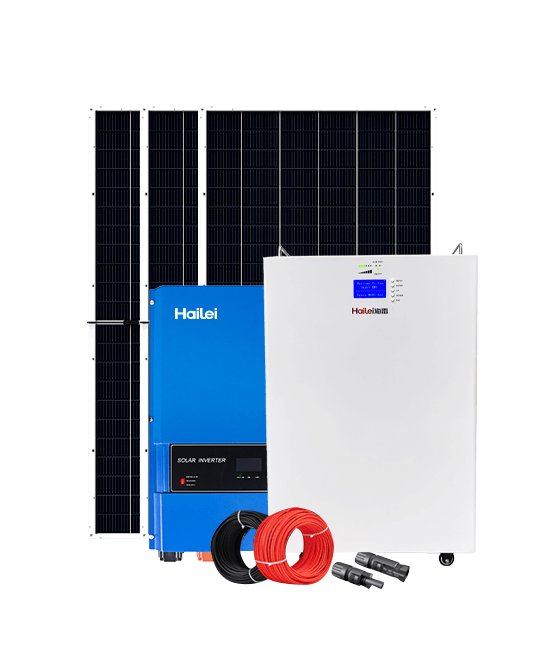Time:Jul 26, 2023 Views:926
The transportation methods for lithium-ion batteries include air transportation, water transportation, and land transportation, with the most commonly used air transportation and ocean transportation being mainly discussed.
Due to lithium being a metal that is particularly prone to chemical reactions and is prone to elongation and combustion, packaging and transportation of lithium batteries are prone to combustion and explosion due to improper handling, and accidents can also occur from time to time. The accidents caused by non-standard behavior in packaging and transportation are increasingly being valued. Multiple international institutions have issued multiple regulations, and management agencies have become increasingly strict, increasing operational requirements and constantly modifying regulations and regulations (such as IATA's regulations for lithium battery transportation that are revised every two years)

The transportation of lithium batteries first requires the provision of corresponding UN numbers. Lithium batteries are classified as Class 9 miscellaneous hazardous materials as follows:
UN3090, Lithium metal batteries
UN3480, Lithium ion batteries
UN3091, Lithium metal batteries contained in equipment
UN3091, Lithium metal batteries packaged with equipment
UN3481, Lithium ion batteries contained in equipment
UN3481, Lithium ion batteries packaged with equipment

X

Appointment Experience